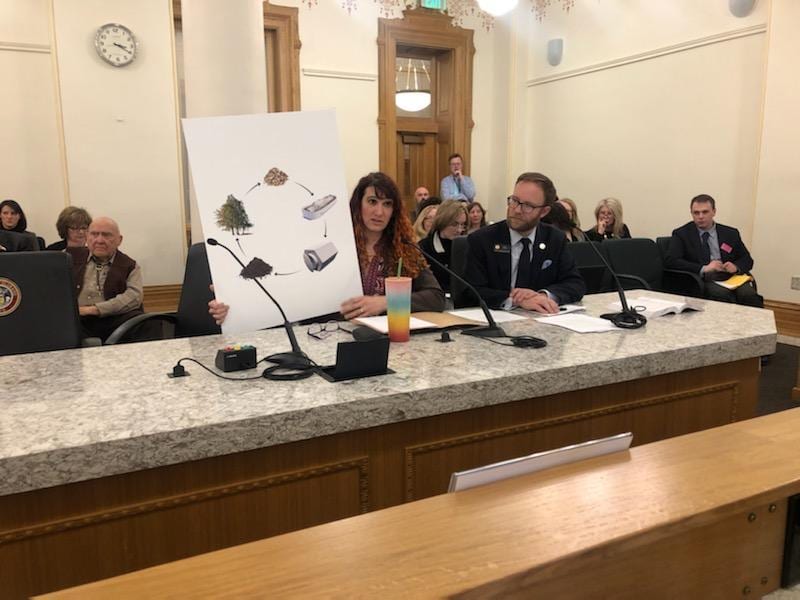In the classic Schoolhouse Rock cartoon I’m Just a Bill, a boy remarks, “Gee Bill, you sure have a lot of patience and courage,”- it’s true. Going from an idea, to getting a bill written and sponsored by legislators, passed through committees, approved by the House and Senate and engaging the public’s support can take years, plus a lot of hard work and patience from a dedicated community. But with your help, we’ve been doing it!
While the process can vary from state to state here is a basic overview of how a human composting bill becomes a law. You can also listen to the How a Human Composting Bill Becomes Law episode of our podcast.




